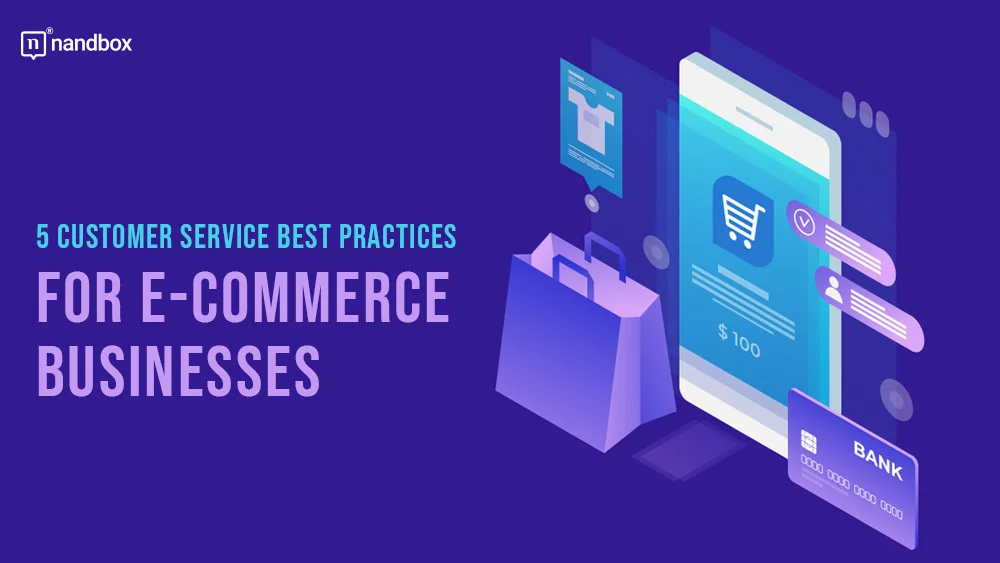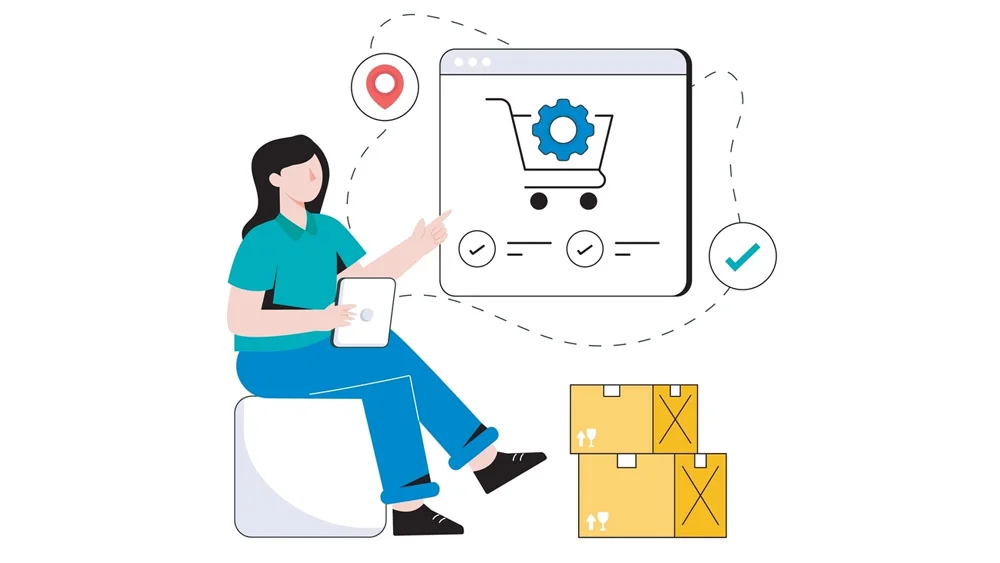Optimal Customer Service Strategies for Online Retailers
E-commerce is a fast-paced and highly competitive industry in which success hinges upon more than just the quality of the products that businesses offer. To stand out in a sea of potential competitors, many e-commerce businesses focus on fine-tuning the customer experience they provide—and such a move is especially critical for startups and small- and medium-sized enterprises (SMEs) with limited resources. For such businesses, quality customer service for ecommerce businesses can become the swing factor that allows them to go toe-to-toe with more established operations.
Top-notch customer service for ecommerce businesses becomes especially important considering that the expectations of today’s online shoppers are higher than ever for the businesses they support. They don’t just demand quality products; most will be looking for a shopping experience that is seamless, responsive, and above all, customer-centric. These expectations have set a new standard for customer service for ecommerce businesses, which now serves as a critical differentiator in the crowded digital marketplace.
In light of this major shift, startups and SMEs must craft their every touchpoint, from the initial website visit to the post-purchase follow-up, to enhance the customer experience. Here are five best practices they can utilize to achieve this:
1) Optimize the Checkout Process
An efficient checkout process is the culmination of a customer’s online shopping experience, so it’s important for you to make sure that your checkout operates smoothly and securely. Excessively complex or time-consuming checkout processes will only frustrate customers, which in turn may lead to abandoned carts and lost sales.
In the Philippines, more and more e-commerce businesses have come to recognize Maya Business’s Maya Checkout as one of the best online payment processing solutions. Maya Checkout readily accepts all currently available forms of digital payment in the country, from e-wallet transfers to QR payments to traditional debit and credit card transactions. Integrating online payment platforms that offer customers multiple ways to pay allows businesses to accommodate the preferences of a wider consumer base. Doing so, in turn, helps eliminate any friction at the most critical point in the sales process.
Moreover, when it comes to e-commerce and online payment, Philippines-based consumers have become increasingly particular about cybersecurity, and it’s in businesses’ best interest to respond accordingly. Cutting-edge internet payment solutions like Maya Checkout cut out cash handling risks and provide customers with the assurance of 24/7 fraud protection. This security helps build trust with customers by demonstrating that the business is vigilant in safeguarding their money and information.
2) Offer Multi-Channel Support
The modern customer appreciates the convenience of reaching out and receiving support through various channels, whether via social media, email, live chat, or phone. To offer quality support across all these channels, businesses need to do more than simply make themselves available. They must focus on crafting a cohesive customer service for e-commerce businesses experience that is consistent in quality and message, regardless of how the customer chooses to communicate. For startups and SMEs, this means both establishing a presence on multiple platforms and also training their customer service teams to deliver the same level of service across all of them.
A multi-channel support system can guide customers through their journey, provide timely assistance, and strengthen the connection between the customer and the brand. If businesses can meet customers on their preferred platforms, they’ll be able to validate customers’ preferences and adapt to their habits, which is a subtle yet powerful way to communicate customer appreciation. This approach helps in resolving issues efficiently and in collecting valuable feedback that can inform and improve all areas of business operations.
3) Maximize Responsiveness
The prevalence of digital communication technology today means that customer service for ecommerce businesses responses must be both quick and thorough in order to be impactful. Customers expect immediate attention when they come to an e-commerce business with a query, so these businesses should strive to be as responsive as possible. This entails being both available and also effectively present.
Implementing automated systems like chatbots for instant replies to common queries and concerns can significantly cut down wait times and improve customer satisfaction. However, it’s also important to balance automation with a personal touch—particularly for concerns that are too complicated for chatbots to resolve. Having a dedicated team ready to address more complex issues in real time reflects a commitment to customer care that won’t go unnoticed.
Furthermore, responsiveness extends beyond simply addressing concerns; it also means acknowledging customer feedback, which can serve as a prompt for continuous improvement in service and product offerings. When customers share their opinions and experiences, they’re communicating their needs and expectations directly to the business. E-commerce businesses that actively solicit, monitor, and respond to customer feedback can fine-tune their service, address gaps in their product offerings, and make informed decisions that will further drive up their business development.
4) Personalize Interactions with Customers
Personalization is the key to making each customer feel valued and understood. E-commerce platforms that go the extra mile to recognize return customers, remember their preferences, and make product recommendations based on past purchases are highly likely to make a positive impression. Businesses can, for instance, utilize customer relationship management (CRM) tools to collect customer data that they can subsequently utilize to tailor interactions. However, they likewise must handle this personalization with care and balance it with respect for consumer privacy.
Your own approach to personalizing your customer interactions can increase both your chances of customer retention and your average order value. When customers feel a business understands their needs, they’re likely to feel confident in their purchases. This level of service transforms customer support from a cost center into a revenue driver.
5) Communicate Clearly
Clear communication is the backbone of effective customer service for any kind of company. E-commerce businesses must ensure that their policies on customer-relevant processes, such as shipping and returns, are easy for customers to find on their website. They also need to put effort into articulating these policies in simple, accessible language, with minimal technical jargon. This minimizes any ambiguities that might lead to misunderstandings and impaired customer trust down the line.
For your own e-commerce venture, remember that clear communication involves actively listening to customer concerns and providing concise, accurate responses. This can prevent any reported issues from escalating and build a more trustworthy relationship between the customer and the business. Provide comprehensive FAQs, detailed product descriptions, and easy-to-follow instructions to preemptively address customer questions, which will reduce the need for direct contact and allow your customer service team to focus on more complex queries.
Given how quickly the digital marketplace is sure to evolve, a startup or SME like yours should also continuously fine-tune its customer service strategies. For sure, this commitment to continuous improvement and customer satisfaction will drive the growth of your e-commerce business well into the future.







